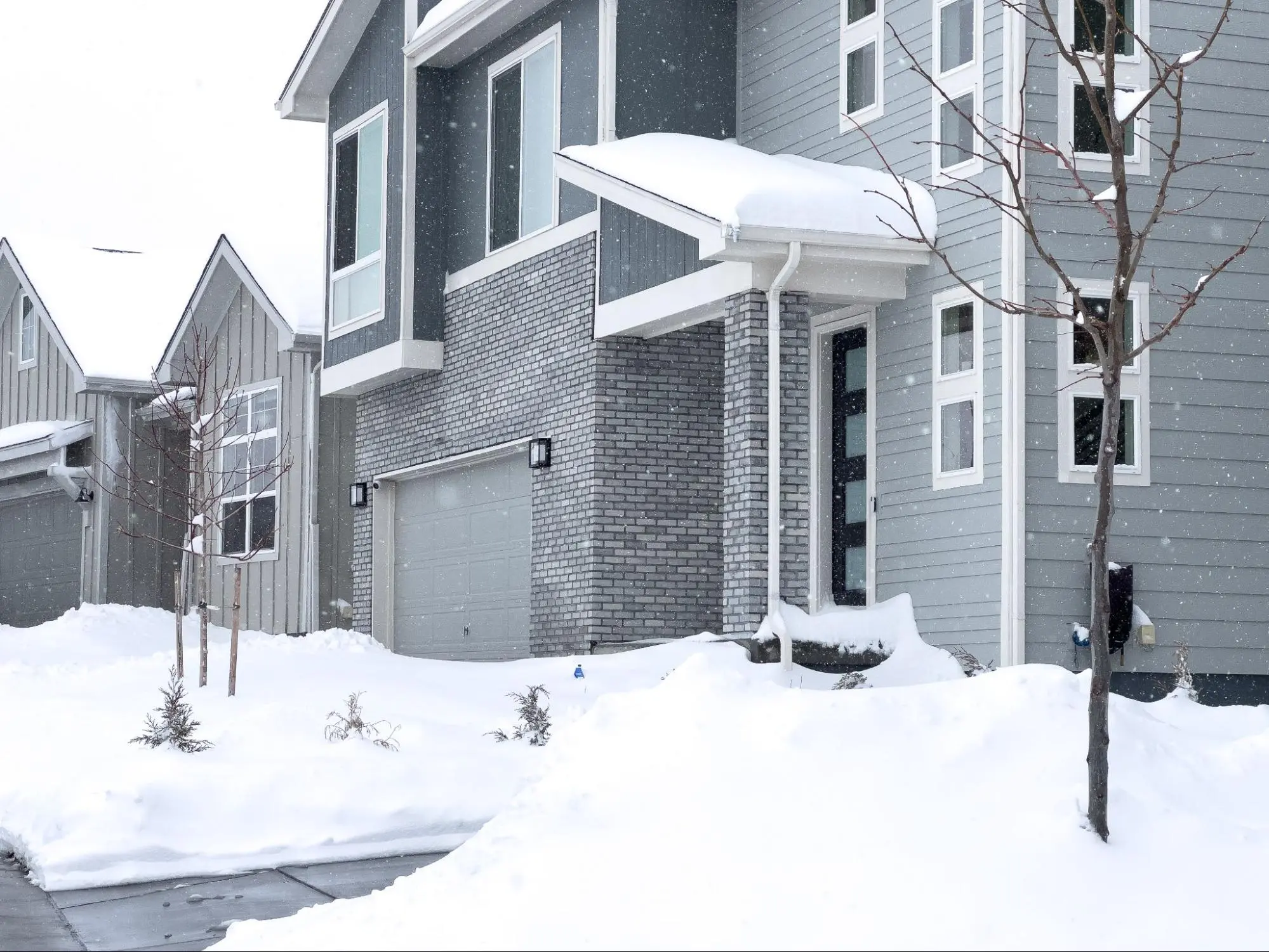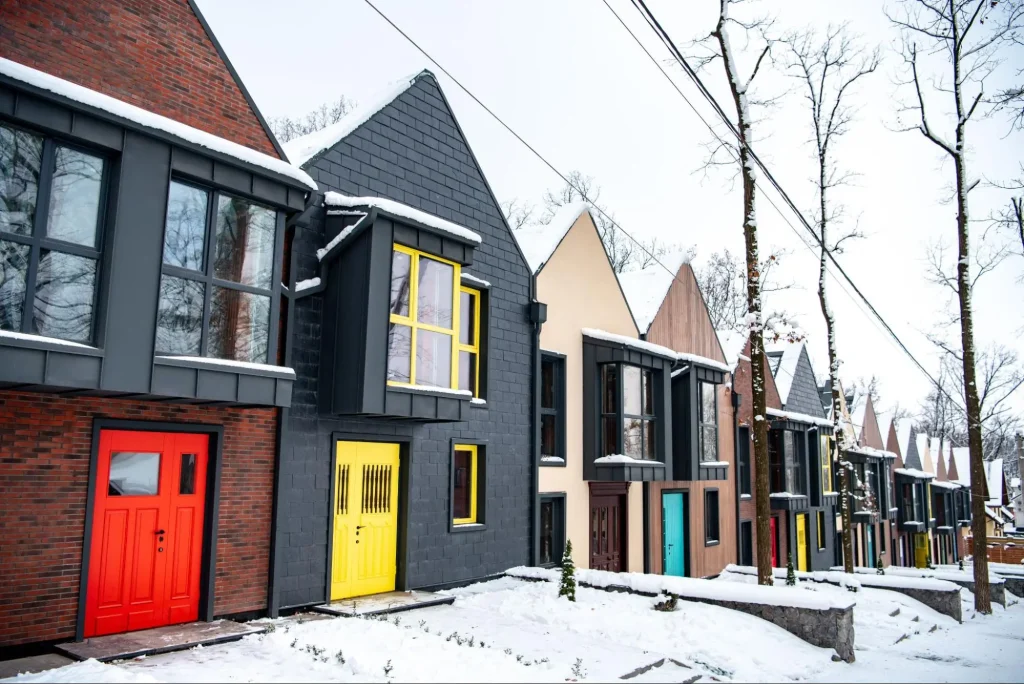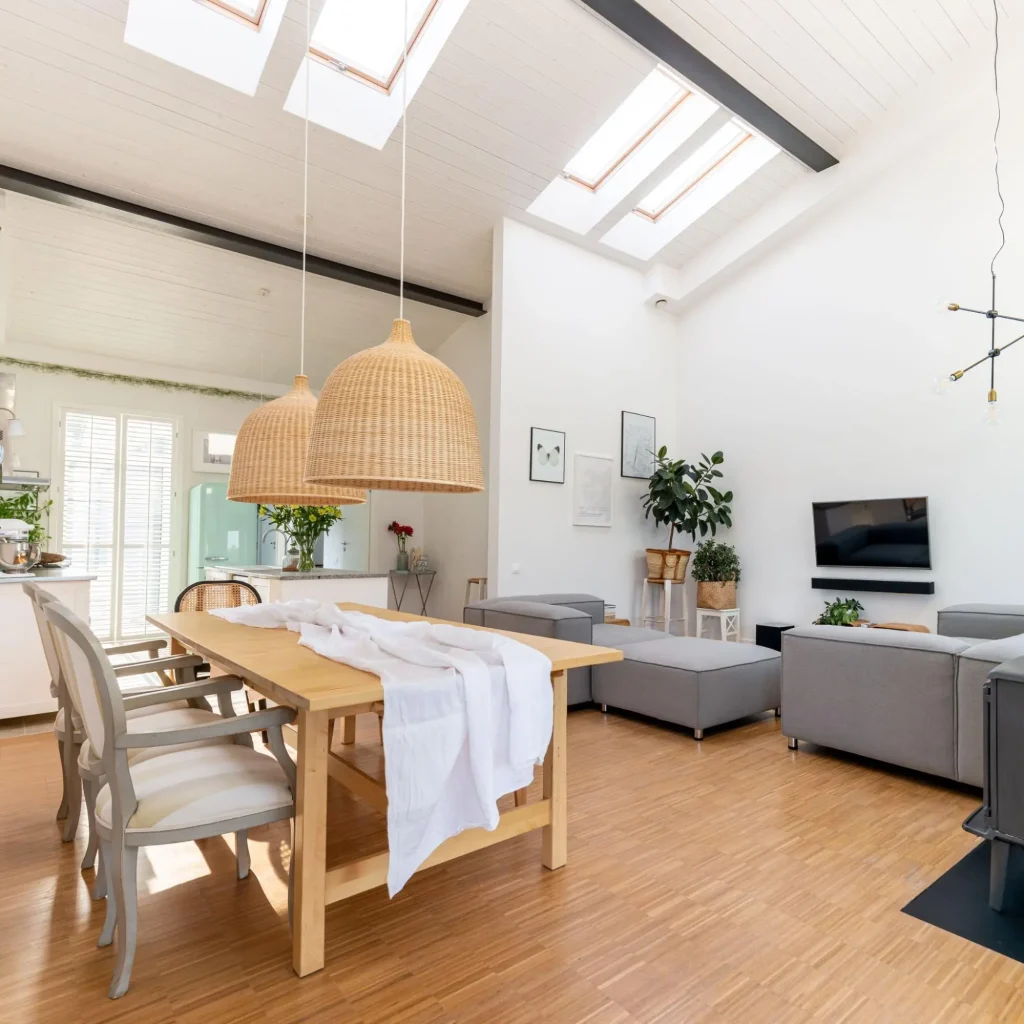
As winter approaches, preparing your home is crucial to avoid unexpected issues and costly repairs. Ensuring your house is ready for the cold weather helps keep your family safe and comfortable. From checking for drafts to inspecting heating systems, there’s a lot to consider.
You may need to address both the exterior and interior aspects of your home. Tasks like gutter cleaning, insulating pipes, and weatherproofing windows can protect your home from winter’s harsh elements. At the same time, interior systems like your furnace and smoke detectors need your attention too.
To make sure nothing is overlooked, having a detailed home maintenance checklist can be a lifesaver. It can help you systematically tackle each area of your home, ensuring you’re fully prepared for the winter season.

As winter approaches, preparing the exterior and structural parts of your home is key. This includes ensuring your roof and gutters are clear, windows and doors are sealed, and the foundation and exterior walls are in good condition.
Start by removing any debris from your roof and gutters. Pay attention to shingles and ensure none are damaged or loose. Clear gutters and downspouts to prevent blockages. Check the chimney for cracks or blockages, and verify that the flashing around it is secure. Inspect shingles, clear out debris, and check the chimney. Make sure water can flow freely through your gutters and downspouts. This helps prevent ice dams, which can cause water damage.
Inspect all windows and doors for drafts and replace any damaged weatherstrips. Ensure caulking around windows and doors is intact. Seals that are worn out should be replaced to keep the cold air out.
You can also install storm windows to provide extra insulation for the winter months. These additions help keep your home warm and reduce heating costs.
Check the foundation for cracks and ensure exterior walls are free of damage. Small cracks might seem minor, but they can expand with freezing and thawing, leading to larger problems.
If you have siding, inspect it for any loose panels and secure them properly. Insulate pipes along exterior walls to prevent them from freezing. Ensuring walls and the foundation are well-maintained helps avoid structural issues during the harsh winter months.
Maintain a clear inspection schedule to address any issues early, ensuring a warm and safe home for the season.

Prepare the interior of your home and its systems for winter to ensure comfort and safety. Focus on improving heating and insulation, protecting plumbing, and enhancing safety and efficiency to keep your home warm and secure during the cold months.
Check your furnace and heating system to ensure they are working efficiently. Replace old filters and clean vents to improve performance. Consider scheduling an HVAC maintenance check to avoid any issues when temperatures drop. Look for air leaks around windows and doors, and seal them to prevent drafts from increasing your energy bills.
Attic insulation is crucial to keep the warm air inside. Inspect your attic and add more insulation if needed. This will prevent cold air from entering and keep your home warmer. Don’t forget to reverse your ceiling fans to push warm air downwards, helping distribute heat more evenly throughout your home.
Winterize your home’s plumbing and pipes to prevent leaks and bursts. Disconnect and store any outdoor hoses, and shut off the water supply to exterior faucets. Pipe insulation is vital; wrap pipes in unheated spaces like the basement or crawlspaces to avoid freezing.
Check that your sump pump is functioning correctly. It helps prevent water buildup that can lead to frozen pipes. Drain and insulate your water tank to ensure it doesn’t freeze and damage the pipes. Keeping your pipes protected will help avoid costly repairs and water damage.
Install or check carbon monoxide detectors and smoke detectors to ensure they are working correctly. These can save lives by alerting you to potential hazards like gas leaks and fires. Test them regularly and replace batteries as necessary.
Keep your fireplace in good condition by having the chimney cleaned. This reduces the risk of creosote buildup, which can cause chimney fires. Consider using a programmable thermostat to reduce energy usage and maintain a comfortable temperature efficiently. This helps manage energy bills while keeping your home safe and warm during winter.
Following these tips will help you build a robust winterization checklist for your home’s interior and systems, ensuring a safe and cozy winter season.
Before winter arrives, it’s essential to ensure your home is ready for the colder months. This involves a variety of handyman tasks to keep everything in top shape.
Start by inspecting windows and doors. Look for any cracks or leaks and replace weather stripping if needed. Prevent drafts to maintain warmth.
Next, check exterior pipes for proper insulation. Pipes on outer walls are prone to freezing and can burst if not adequately protected. Fireplace maintenance is crucial. Clean the chimney and inspect it for any blockages to ensure it’s safe to use throughout winter.
Make sure to disconnect water hoses and drain any residual water in outdoor pipes and equipment to prevent freezing and damage. Gutter cleaning is another important task. Clear out any debris to avoid blockages that could cause ice dams and leaks during snow or heavy rain.
If these tasks seem overwhelming or time-consuming, you can always reach out to professionals like Kaminskiy Care and Repair for handyman services. Our team of experts is ready to ensure your home is winter-ready. Contact us today
Preparing your home for winter includes cleaning gutters, checking weather stripping, and ensuring windows and doors are sealed to prevent drafts. You should also test your smoke and carbon monoxide detectors.
To winterize plumbing, insulate exposed pipes, especially those in unheated areas like attics or crawl spaces. Disconnect and drain outdoor hoses, and consider using heat tape for added protection.